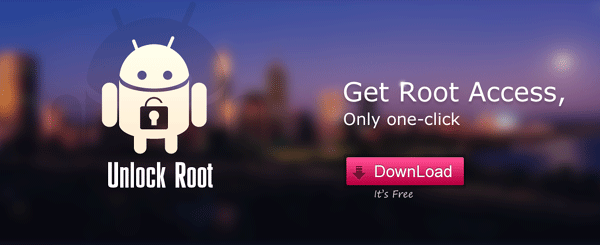Last Updated on March 28, 2017 by Mathew Diekhake
The act of rooting an Android operating system is like giving yourself administrator permissions to a Windows PC. By default, you have administrator permission on your Windows PCs — and that’s great for the end-user like yourself. With our mobile devices, things are different. The use of apps is large, and apps in particular is where most people can find malware.
It’s for that reason that Google lock your Android operating system by default. They do it so anybody can buy a smartphone or tablet running Android and remain 100% safe all of the time. When Google takes away the administrator permissions to your OS, it changes the way in which apps can communicate. No longer can an application communicate with other apps at all, and each app is uniquely separated and uniquely isolated to its own area. That means if you download malware or a virus, it cannot move anywhere. It’s restricted to that area like the ultimate prison. Isolating apps and having maximum security is exactly the way it should be when you buy a device. However, it presents a problem for many people.

By restricting what malware can do, you are also restricting what people can do. People who know how to use the internet safely will sometimes prefer to use a device without restrictions so they can do more things with their devices. By unlocking the Android operating system with root access, you are allowing the use of apps that need administrator rights to run — and there are many of them available for your devices. In addition to apps, you are also allowing the ROM to be modified, and giving the ability of custom kernels to run; thus allowing people to customize the device they buy with unique features, enhanced performance, different design and so on. In addition to having the benefits of administrator permissions on your Android OS, the modern-day rooting methods always install what is called “SuperSU” or “Superuser”. The SuperSU or Superuser keeps your device 100% safe all of the time, so it has the same security it would have before you rooted.
Over the past five years, rooting has become one of the most popular things to do to a smartphone or tablet running Android. With an abundance of useful root-requiring apps now available from app stores, rooting has given a way out for many people who are struggling with device-related problems.
A disclaimer: When you visit our site and use our guides, you do it as a free choice. In 2015, it is nearly impossible to harm a device beyond repair, but any time you are making changes to an operating system, you are running the risk of creating and having to solve minor technical problems. It’s these same minor issues the companies do not want to have to deal with, which is why your device is no longer covered under a warranty when you customize it in any way. Note that some manufacturers and OEMs do allow you to root if you ask for permission. The ways you can customize a device include but are not necessarily restricted to are as follows: unlocking the bootloader, installing a custom recovery and granting administrator permissions to the root file system, aka root access. In addition to losing your warranty, you might find the act of rooting an Android operating system is illegal in some countries in the world. Make sure you research what is legal and illegal in your country before you use our site. Rooting and unlocking an operating system is legal in the United States and every other western country in the world, and will likely stay that way for a long time due to our freedom to do what we want with what we legally purchase.
